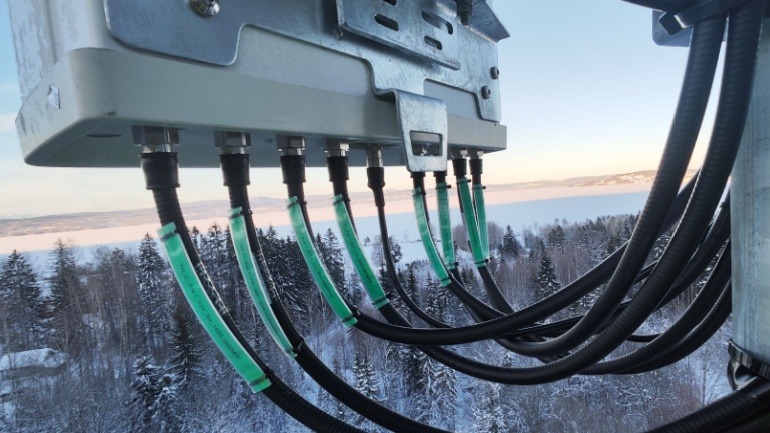Telecommunications operators are increasingly turning to satellite technology to expand 5G coverage, particularly in rural regions, as indicated by new data from the Global mobile Suppliers Association (GSA). However, despite a rising number of partnerships and commercial launches, the market’s growth is slower than anticipated.
According to the latest update from the GSA, there are 77 announced partnerships between telecoms operators and satellite vendors across 43 countries and territories worldwide, marking a notable increase over the past year. Additionally, 50 operators have outlined plans for satellite services, with nine currently in the testing phase.
While there have been some commercial launches in the past year, the pace remains moderate, with only 10 operators in 10 countries currently offering commercial satellite services, representing a marginal increase since last year.
Nevertheless, the telecom industry is witnessing a surge in trials and initiatives. For instance, T-Mobile US collaborated with Starlink to send its first direct-to-cell text message in January, with plans to launch a commercial service later this year. Similarly, Virgin Media O2 in the UK announced its intention to utilize Starlink for mobile backhaul in remote areas, potentially extending to 5G satellite backhaul in the future.
Despite the slow commercial rollout, satellite technology is increasingly favored for rural coverage, with 57% of telecom-satellite partnerships aimed at addressing this need. Moreover, satellite broadband services are either launched or in preparation stages in 34 countries, with Timor-Leste being the latest addition.
GSA President Joe Barrett foresees continued growth in operator-satellite partnerships and service launches in the coming months and years. He highlights the growing demand for broadband, voice, and data services, along with the need for resilient technology in disaster-prone areas, as key drivers of the market’s expansion.
While the timeline for widespread satellite service adoption remains ambiguous, industry enthusiasm suggests progress may not be too far off.







